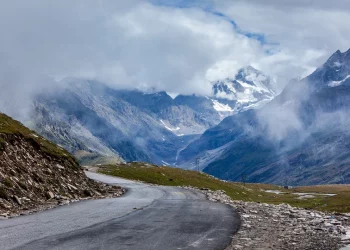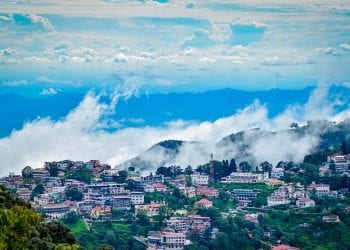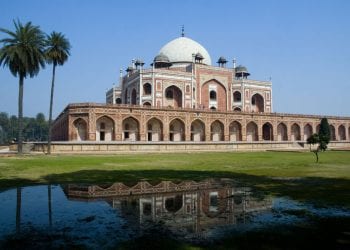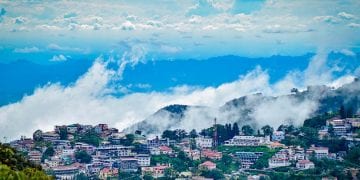What Makes Shantiniketan A Must-visit For Every Art Lover
Shantiniketan translates to ‘the abode of peace.’ Maharshi Debnedranath Tagore, the father of Rabindranath Tagore, bought the place in the Birbhum district of West Bengal and established Shantiniketan Ashram in the late 19th century, which became the gold mine for artists of that time. The purpose of establishing the Ashram Shantiniketan was to promote the belief of the Brahmo Samaj and spirituality.
Tagore titled artist Nandalal Bose as the principal of Kala Bhavan, an art wing of the University. It eventually became a breeding ground for the many famous personalities of art. Consequently, india gained a modern art centre even before independence. Satyajit Ray, Ramkinker Baij, KG Subramanyam, and Chitranibha Chowdhury are just a few examples of such famous personalities.
Shantiniketan sees visitors from India and different countries. So let’s discuss the beauty that attracts so many people. As you enter, black and white scenery and Aztec patterns welcome you. The unique designs will make you stare at it for a long. Once you enter the place, you will witness the array of murals, artworks and a kaleidoscope of creativity.
Shantiniketan is one of the top sightseeing places in West Bengal, comprising several historical buildings. Let us give you a tour of the places to see in Shantiniketan.
Glass House
Translating into ‘Kanch Ghar,’ it contains multicoloured Belgian glass. Students and faculties use the place for worship, and the vibes are only calm and peaceful. Also known as ‘Upasana Ghar.’, it depicts Bengali architecture.
Sculptures
Made by famous people, various sculptures depict their point of view towards different aspects of life. For example, Ramkinker Baij made statues of the Santhal tribe, representing their life activities. The Santhal family sculpture is widely famous as the first modern public sculpture.
The constituents are family members, a couple, two children and a dog. They carry a few possessions, leaving the viewer perplexed about their destination. Another piece of art depicts commercialisation where people run to the factory, and a child runs behind them.
Ramkinker Baij also sculpted Sujata, a female student in the University about whom there is no certain information available. However, it has been referred to as Jaya Appasamy. It was his first artwork. Accompanying the female is Buddha performing meditation.
There is a link between two carvings, which goes like this. Princess Sujata offers Buddha milk and rice, concluding with his austerity and commencing Buddhahood.
Murals
The black and white scenery you read at the start is a mural created by KG Subramanian. Nandalal Bose aimed to paint murals depicting the constitution of India and the Haripur Congress Session. Bose himself gave murals like Natir Puja, Birth of Chaitanya and Halakarsana. Natir Puja was a drama based on ‘Pujarini’.
The quick brush strokes, Japanese art and pan-Asian styles are visible in this artwork. Halakarsana promotes art and craft tradition to portray past times. It is carved on Surul Kuthibari and shows the ploughing festival.
Blackhouse or Kalo Bari is another masterpiece made from ingredients like coal tar and mud. Visitors can watch Harappan bull, Egyptian figures, Bengali folk art etc. Finally, the ceramic tile mural depicts the best of an Indian artist. Drawn only by touch, the artist Benodebehari Mukherjee was blind when creating detailed murals.
How can you not be proud of extraordinary personalities from India? Thought to be created with the help of figural images, the top sightseeing in Shantiniketan shows Japanese art and technique.
Srijani Shilpgram
It is a collection of cottages representing a cultural village. If you want to visit the Union Territories of India, a visit to Shantiniketan is enough. With indigenous characteristics, houses or huts have 1000 objects aged more than 25 years. You can understand the culture and history of the nine places in India. It includes Assam, Bihar, Jharkhand, Sikkim, Manipur, Tripura, Odisha, West Bengal, Andaman, and Nicobar Islands.
Visitors’ direct messages from Shilpgram are about craftsmanship, lifestyles and homes of mentioned states. Other than this, hay, bamboo and earthen cottages with these murals are also present. Moreover, it is also a marketplace to buy textiles, handicrafts and other products. It takes around two hours to visit this place.
Rabindra Museum
Rabindra Museum, or Bichitra Bhavan, is a collection of library, a Tagore’s museum and a research institute. Founded on the hundredth birth anniversary of Tagore in 1961, the main attractions here are Tagore’s belongings, memorabilia and artwork. Some of his items include shoes, Tagore’s ivory casket, a Nobel medal, a Nobel certificate and musical instruments.
The gifts received by Tagore, along with souvenirs and travelogues, paintings, letters to different leaders, and short stories, are also accessible to visitors.
But where will you stay while visiting one of the best places in India? The question shouldn’t even exist. Oyo 80448 Adorini Guest House is the best family hotel near Shantiniketan and the railway station. Amenities such as a geyser, in-house restaurant, and AC is available in this hotel. The warm hospitality offered by the host makes it worth a try.
Conclusion
Shantiniketan, situated in West Bengal, is closely related to Tagore. The national and international recognition of Kala Bhavan proves the creativity and talent of Indian artists. Multiple mesmerising art pieces might even inspire you to pick up a paintbrush. The visit and stay are more leisurely with recommended Oyo family hotel near Shantiniketan. The warm welcome, history and cultural diversity will surely make you fall more in love with India!
Recent Posts
Top Picks
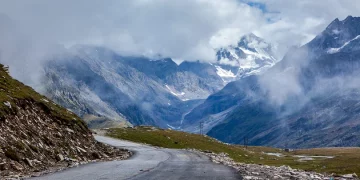
- OYO
 15 April, 2024
15 April, 2024 - Cultural Tour

- OYO
 15 April, 2024
15 April, 2024 - Cultural Tour

- OYO
 15 April, 2024
15 April, 2024 - Cultural Tour

- OYO
 15 April, 2024
15 April, 2024 - Cultural Tour

- OYO
 15 April, 2024
15 April, 2024 - Cultural Tour

Please rotate your device
Please go back to portrait mode for the best experience



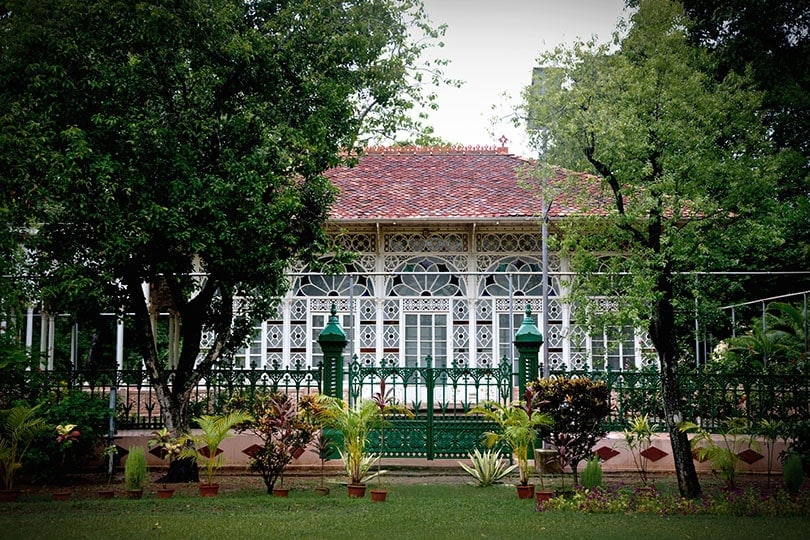

 April 15, 2024
April 15, 2024 